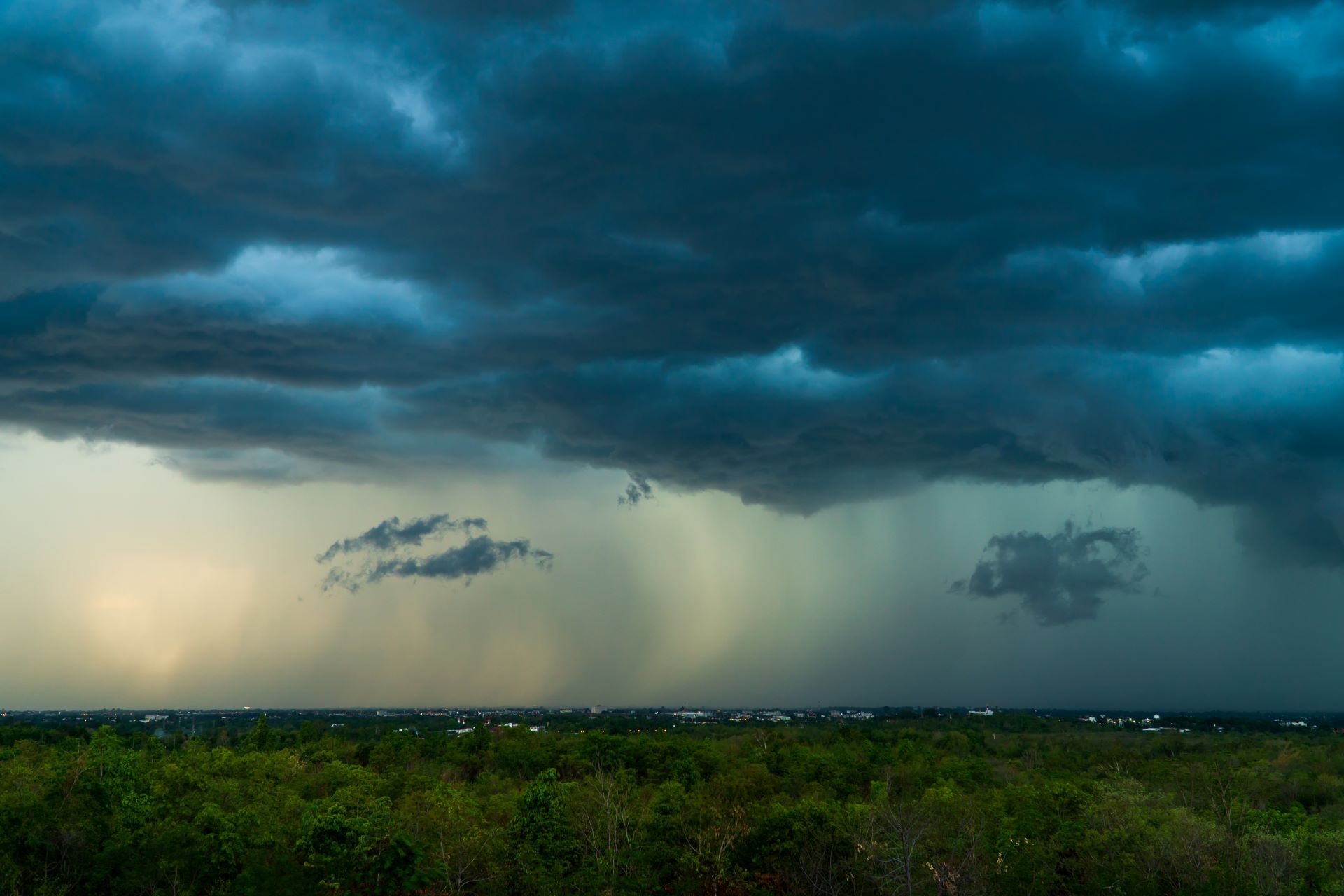The cloud penetrating radar measurements of Copernicus Sentinel-1 data are being used to unravel the timing of landslides and help identify what reactivates them, in an ESA-funded research study recently presented at the General Assembly of the European Geosciences Union (EGU).
As our climate crisis exacerbates weather-related natural disasters, remote sensing data are proving to be an ideal tool for disaster management. Shallow landslides are one such natural hazard that can be triggered by a sequence of storms or earthquakes.
In tropical areas, cloud cover often obscures the optical imagery acquired during the sequence of events, so that understanding what triggers the landslides is challenging.
Optical imagery from Copernicus Sentinel-2, of a study area during the Indonesian Lombok earthquake sequence in 2018, showing landslides.
Copyright: ESA/EU
Since landslides alter the scattering properties of Earth’s surface, they can be detected in Synthetic Aperture Radar (SAR) images that are acquired even during cloud cover. Since 2015, the Sentinel-1 satellite from the European Union’s Copernicus programme has acquired SAR data globally every 6-12 days.
As the ground shakes during an earthquake, hillsides can collapse or “fail” in a landslide. However, landslides can quite often fail again – a term known as reactivation.
At this year’s EGU forum, an ESA research fellow presented a recent landslide timing method using Copernicus Sentinel-1 radar data to help identify reactivations during sequences of storms and earthquakes. The ESA-based study was done in collaboration with Newcastle University, the United Kingdom, the University of Insubria, Italy, and Amrita Vishwa Vidyapeetham University, India.
The 2018 Indonesian Lombok earthquake sequence in 2018, showing a large landslide in side by side Sentinel-2 and InSAR coherence images.
Copyright: ESA/EU
The study uses Copernicus Sentinel-1 SAR amplitude time series to constrain the timings of individual landslides. The method was applied to three sequences of triggers to better understand how landslide activity evolved during them: the 2018 Lombok, Indonesia earthquake sequence; the 2019 Cotabato – Davao del Sur earthquake and the earthquake-hurricane sequence that occurred in Haiti in 2021.
“In the Lombok earthquake sequence there were four earthquakes in a row during a one-month period. We need to know at which point in the sequence each landslide happened, to better understand the triggering conditions of the earthquakes and help build hazard models,” Katy Burrows, the ESA-based researcher, explains.
Katy Burrows at EGU 2024
Copyright: Burrows
Scars in the forest canopy due to landslides can be observed in high resolution optical data, such as those from Copernicus Sentinel-2. While landslides triggered by the sequence have previously been mapped, timing information was missing [1].
“Between the first and second earthquake, and the third and fourth earthquake, however, most of the imagery is blocked by cloud cover, which is why we used Sentinel-1 data to penetrate the clouds. These data allowed us to see that many of the landslides moved during each earthquake, rather than failing once,” says Burrows.
The aim was to see the susceptibility of landslides during the whole earthquake sequence, so that the probability of failure in certain areas could be predicted based on the slope of the land - invaluable information for local communities dealing with natural disasters.
They demonstrated that for large, favourably oriented landslides, InSAR coherence can be sensitive to reactivation and so could potentially be used in the future for cases where no cloud-free images are available.
The research was previously applied to examine landslides triggered by extreme rainfall in Nepal. In this study, the new landslide timing method was coupled with satellite rainfall data to derive individual timings of landslides and their connection to dry conditions following an earthquake [2].
False colour composite Sentinel-2 image of a study area during the Indonesian Lombok earthquake sequence in 2018, showing landslides.
Copyright: ESA/EU
About the Copernicus Sentinels
The Copernicus Sentinels are a fleet of dedicated EU-owned satellites, designed to deliver the wealth of data and imagery that are central to the European Union's Copernicus environmental programme.
The European Commission leads and coordinates this programme, to improve the management of the environment, safeguarding lives every day. ESA is in charge of the space component, responsible for developing the family of Copernicus Sentinel satellites on behalf of the European Union and ensuring the flow of data for the Copernicus services, while the operations of the Copernicus Sentinels have been entrusted to ESA and EUMETSAT.
Did you know that?
Earth observation data from the Copernicus Sentinel satellites are fed into the Copernicus Services. First launched in 2012 with the Land Monitoring and Emergency Management services, these services provide free and open support, in six different thematic areas.
The Copernicus Land Monitoring Service (CLMS) provides geographical information on land cover and its changes, land use, vegetation state, water cycle and Earth's surface energy variables to a broad range of users in Europe and across the World, in the field of environmental terrestrial applications.
It supports applications in a variety of domains such as spatial and urban planning, forest management, water management, agriculture and food security, nature conservation and restoration, rural development, ecosystem accounting and mitigation/adaptation to climate change.
References:
[1] Ferrario, M.F. et al. “Landslides triggered by multiple earthquakes: insights from the 2018 Lombok (Indonesia) events.” Natural Hazards, 98 (2),575-592 (2019). https://doi.org/10.1007/s11069-019-03718-w
[2] Burrows, K. et al. “Retrieval of monsoon landslide timings with Sentinel-1 reveals the effects of earthquakes and extreme rainfall.” Geophysical Research Letters, (2023) 50, e2023GL104720. https://doi.org/10.1029/2023GL104720
